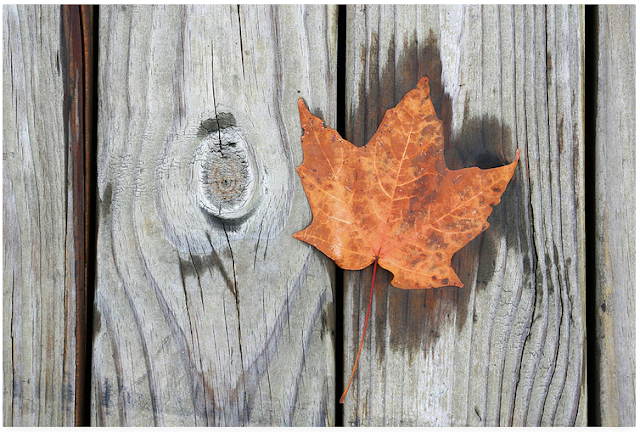Pandemic Art Attempts

Boardwalk Companions 4 102120 It’s hard to put into words what the isolation of the pandemic has done to us. I’m sure it’s different for everyone. Obviously it’s harder on those who have been impacted financially and hardest of all on those who have lost loved ones or who have long-term health issues after contracting the virus themselves. My heart goes out to every one of them. Leaves on Ice 121618 That said, I don’t want to write a downer blog post when people are already not feeling like themselves and just want to get back to normal. So this post is about my attempt to make art or shoot photographs specifically to relieve the urge to make art when mostly in isolation. One of my favorite art subjects is the still life. Some of my favorite artists are the Dutch and Flemish still-life painters of the 1600s-1800s. Fruit, flowers, tables set with pottery and meats and vegetables, old books and lanterns, I enjoy all of it. I have drawn a few still lifes in graphite or colored pencil, b





